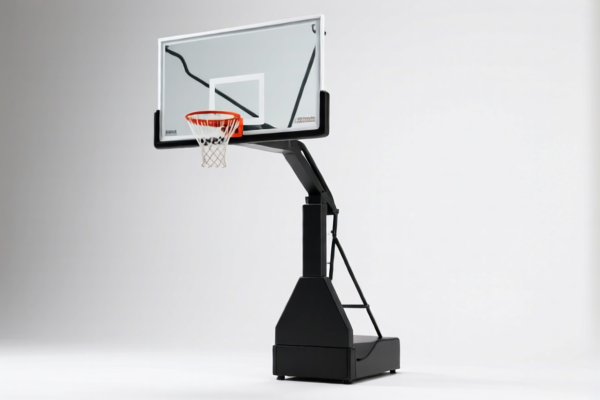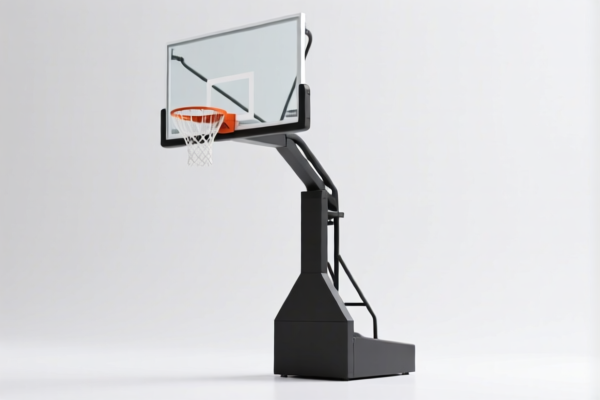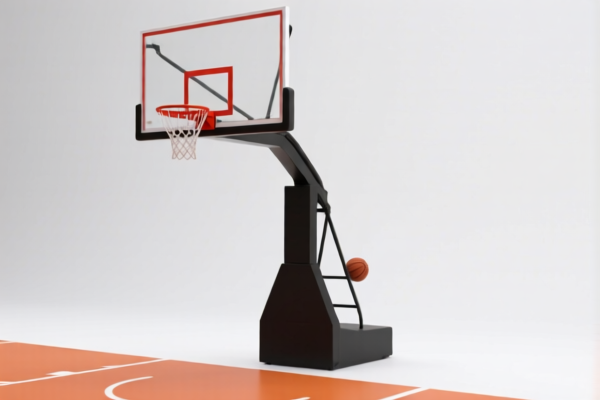| HS Code | Official Doc | Tariff Rate | Origin | Destination | Effective Date |
|---|---|---|---|---|---|
| 9506991500 | Doc | 30.0% | CN | US | 2025-05-12 |
| 9506996080 | Doc | 41.5% | CN | US | 2025-05-12 |
| 8308909000 | Doc | 57.7% | CN | US | 2025-05-12 |
| 6701003000 | Doc | 59.7% | CN | US | 2025-05-12 |
| 6701006000 | Doc | 59.7% | CN | US | 2025-05-12 |




Basketball Stands
Basketball stands, also known as basketball hoops, basketball goals, or simply hoops, are structures used for the sport of basketball, enabling players to attempt to score points by shooting a ball through them. They consist of a backboard, a rim, and a net.
Material
Basketball stands are constructed from a variety of materials, each offering different levels of durability, portability, and cost.
- Backboard: Typically made of tempered glass, acrylic, or polycarbonate. Tempered glass provides the best rebound response but is heavier and more expensive. Acrylic is lighter and more affordable, but less resistant to scratching and impact. Polycarbonate is highly durable and impact-resistant, often used in portable systems.
- Rim: Usually steel, often powder-coated for weather resistance and corrosion protection. "Breakaway" rims are common, designed to flex under significant force to prevent damage and injury.
- Support Pole: Steel is the predominant material, offering strength and stability. Aluminum is used in some portable systems for reduced weight.
- Base (Portable Systems): Often a combination of steel and high-density polyethylene (HDPE) for weight and weather resistance.
Purpose
The primary purpose of a basketball stand is to provide a target for players to shoot the basketball through, allowing for practice and gameplay. They facilitate skill development in shooting accuracy, rebounding, and overall basketball technique.
Function
A basketball stand functions by providing a standardized target height (10 feet or 3.05 meters) and a defined area for the ball to pass through to score points. The backboard provides a surface for rebounding and bank shots. Breakaway rims absorb impact and prevent damage.
Usage Scenarios
Basketball stands are used in a wide range of settings:
- Private Residences: Driveways, backyards, and indoor spaces for personal practice and recreation.
- Public Parks: Community recreation areas for open play and organized games.
- Schools & Universities: Gymnasiums and outdoor courts for physical education classes, team practices, and competitive games.
- Professional Arenas: High-quality, regulation-compliant stands for professional basketball leagues and events.
- Indoor Courts: Community centers, recreational facilities, and private gyms.
Common Types
- In-Ground (Permanent): These stands are securely anchored to the ground with concrete, offering maximum stability. They are typically found in parks and schoolyards.
- Portable: These stands have a weighted base and wheels for easy movement. They are suitable for driveways and other locations where a permanent installation is not feasible. Portable stands vary in base size and adjustability.
- Wall-Mounted: These stands are attached to a wall, providing a space-saving solution for indoor use. They require a sturdy wall capable of supporting the weight and impact.
- Adjustable Height: Designed for younger players or skill development, these stands allow the rim height to be lowered for easier practice.
- Spalding NBA Official Game Basketball Hoop: A popular high-quality option often used in schools and recreational facilities.
- Lifetime Adjustable Basketball Hoop: Known for durability and adjustability, often found in residential settings.
Basketball stands fall under articles and equipment for general physical exercise, gymnastics, athletics, or other sports. Here's a breakdown of relevant HS codes based on the provided information:
-
9506991500: This HS code covers articles and equipment for sports, specifically baseball articles and equipment (except balls) and parts/accessories thereof. While not directly basketball, it represents a category of sports equipment. Chapter 95 relates to toys, games, and sports equipment. Heading 9506 focuses on articles and equipment for physical exercise, gymnastics, athletics, and other sports. Subheading 9506991500 further specifies baseball equipment. The tax rate is a base tariff of 0.0%, a surcharge of 0.0%, and a 30.0% surcharge after April 2, 2025, with an additional 25% surcharge for steel or aluminum products, resulting in a total tariff of 30.0%.
-
9506996080: This HS code covers other articles and equipment for sports, categorized as "Other Other". Chapter 95 relates to toys, games, and sports equipment. Heading 9506 focuses on articles and equipment for physical exercise, gymnastics, athletics, and other sports. Subheading 9506996080 represents a broad category of unspecified sports equipment. The tax rate is a base tariff of 4.0%, a surcharge of 7.5%, and a 30.0% surcharge after April 2, 2025, with an additional 25% surcharge for steel or aluminum products, resulting in a total tariff of 41.5%.
Regarding HS code 9506991500 and 9506996080, please note the need to verify the material composition (steel or aluminum) as this impacts the applicable surcharge, and may require documentation to confirm the material.
Customer Reviews
No reviews yet.